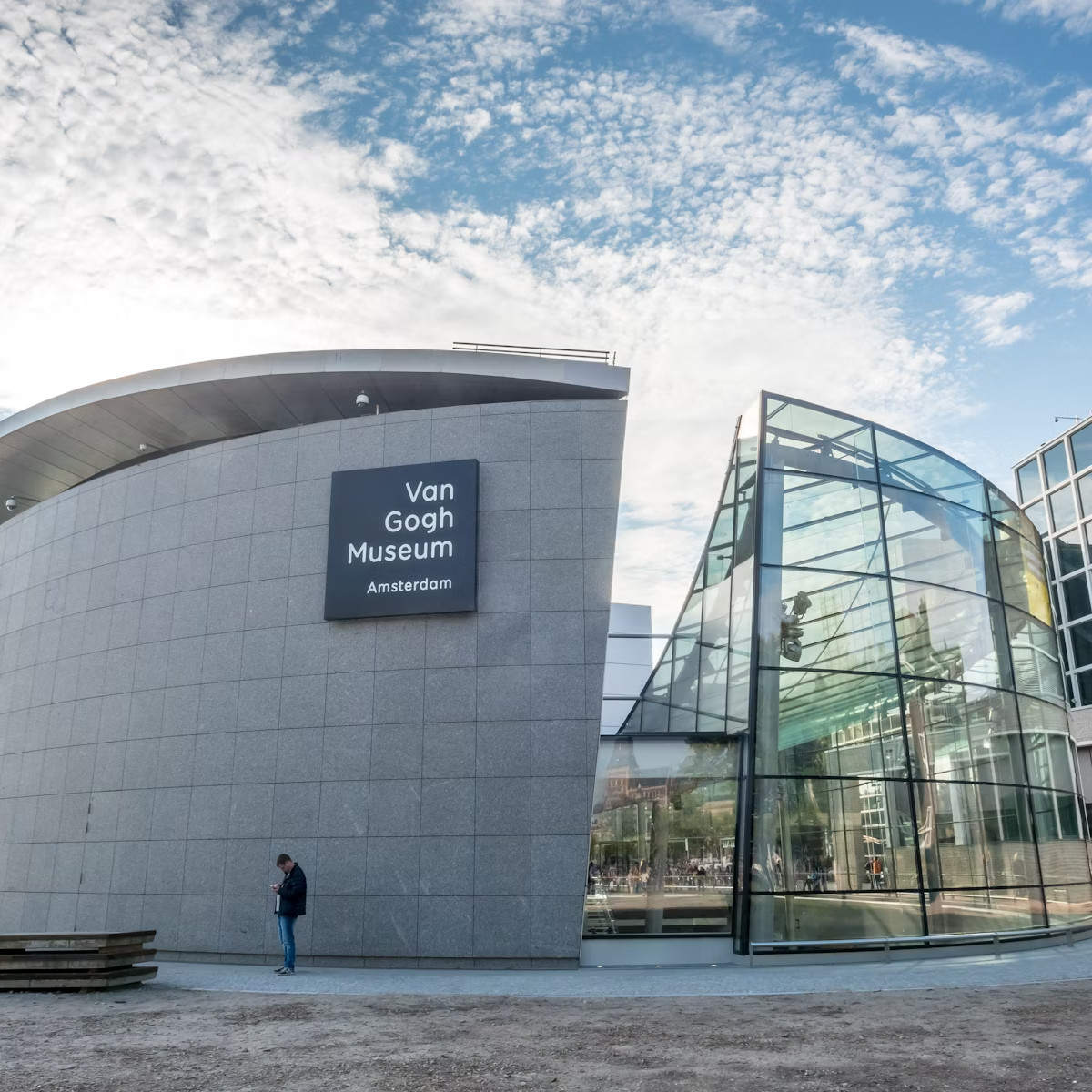It's well worth making the effort to visit this out-of-the-way canal-side museum. The building, designed by Dutch architect Wim Quist, makes a light-flooded setting for work from the post-WWII CoBrA movement (the name is taken from the city initials where the group's founders lived – Copenhagen, Brussels and Amsterdam). Its members produced highly expressionist works known for their primitive, childlike qualities, and the museum's boldly coloured, avant-garde paintings, ceramics and statues include many by Karel Appel, the style's most famous practitioner.
The charmingly surreal fountain outside the front entrance is Appel's work. Asger Jorn, Anton Rooskens, Corneille and Constant were among the other members. The CoBrA movement was active for just three years (1948–51). The art is less of a unified whole than a philosophy, inspired by Marxism, of using materials at hand to create paintings, sculpture and even poetry. Changing exhibits by contemporary artists are on show as well.
The metro stop is 1km southeast of the museum; follow the 'CoBrA' signs. You can easily pair a trip here with a visit to Amsterdamse Bos nearby. Buses 347 and 357 run up and down the main street from the museum to the forest; otherwise it's a 35-minute walk to the forest visitor centre.







